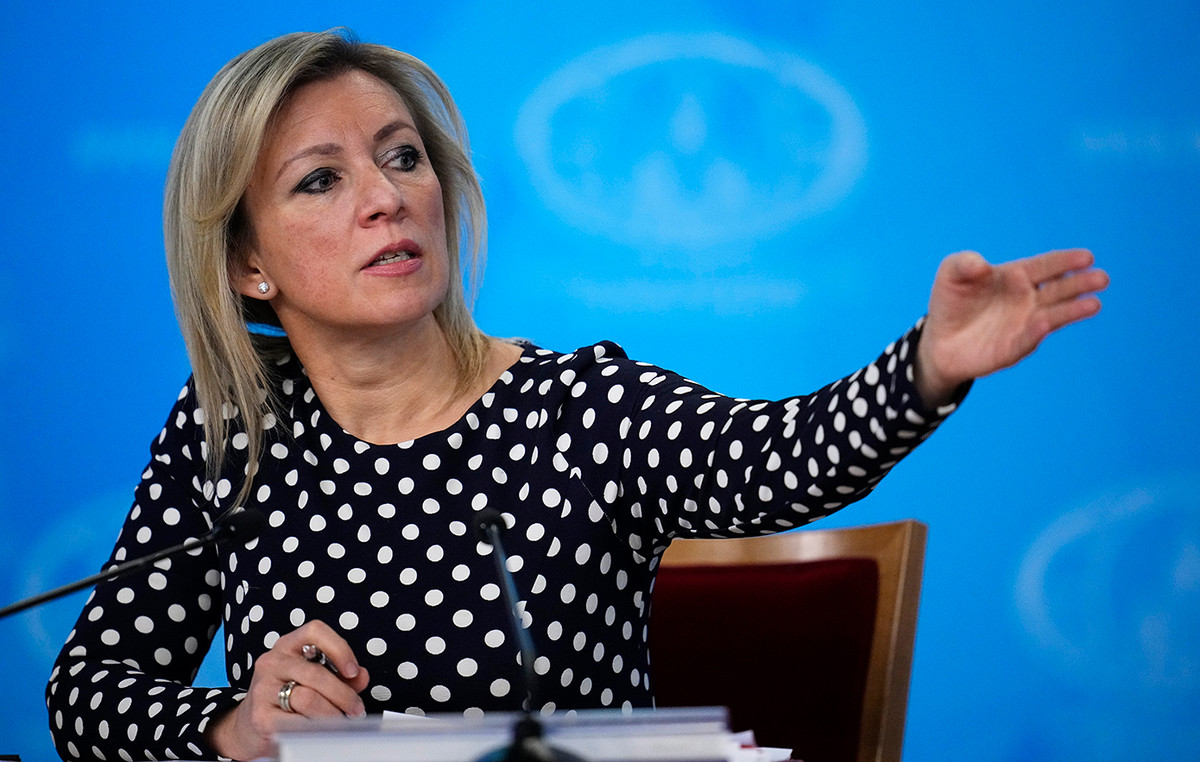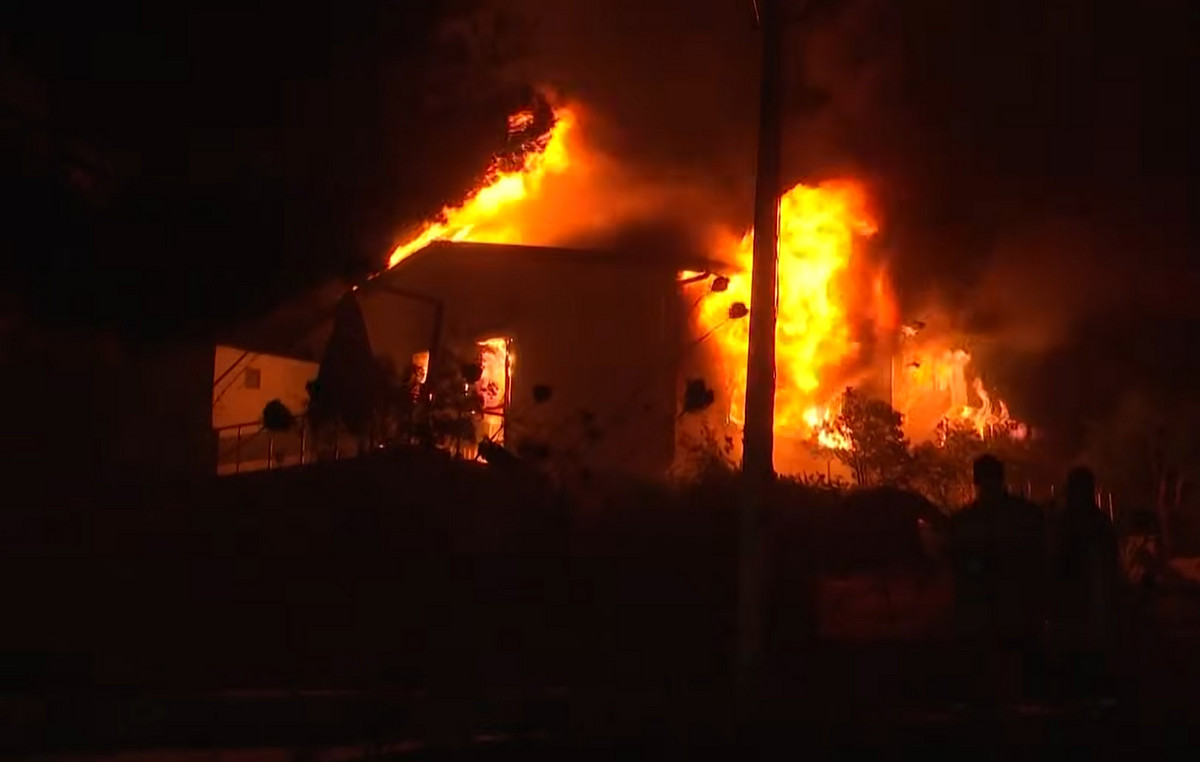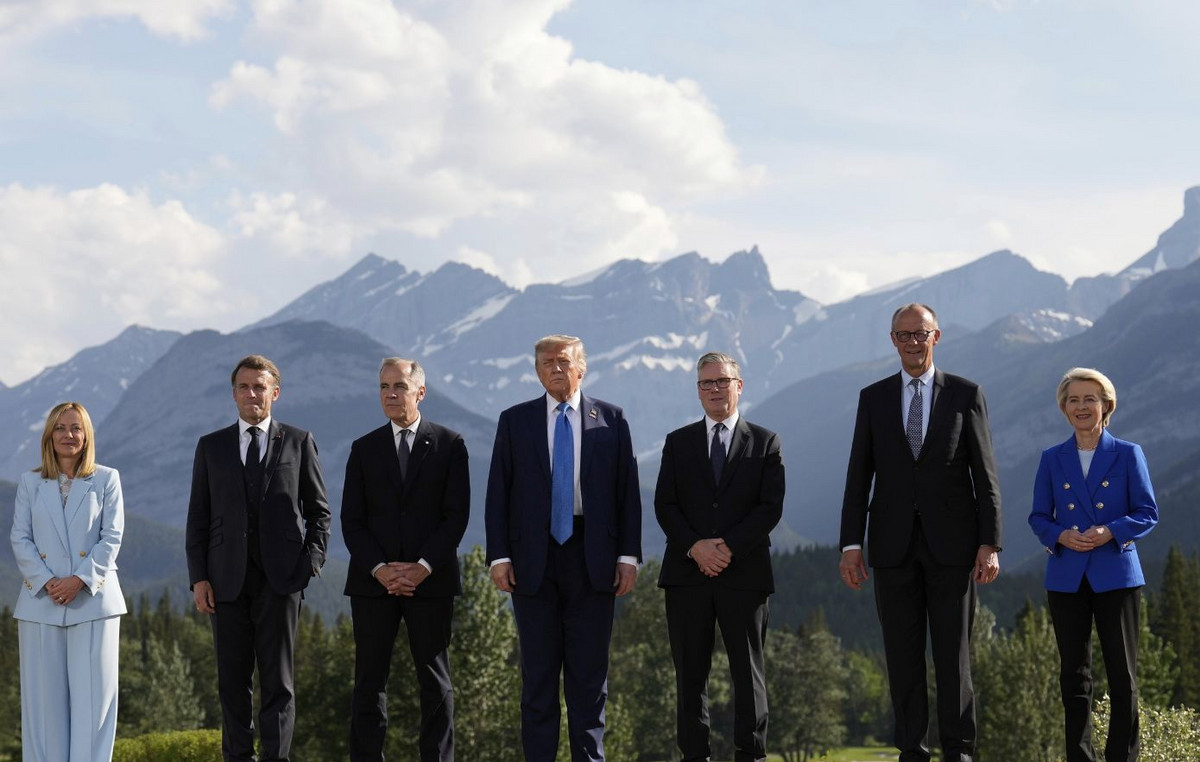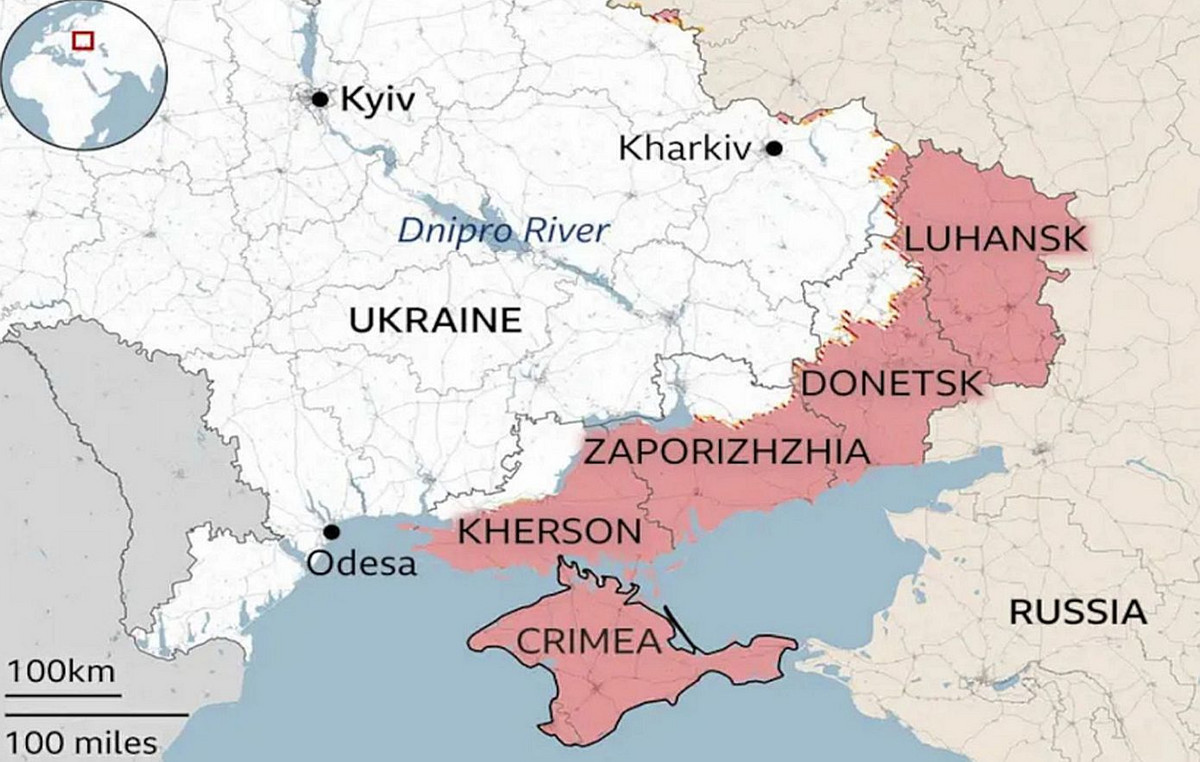The Rio Negro is less than 50 centimeters away from breaking its negative record. This Monday morning (30), its level is at 13.19 meters, just 49 centimeters above the 12.70 registered in 2023.
With the average drop in river levels at 19 centimeters per day since the beginning of September, the projection is that the historic drought will be recorded between Thursday (03) and Friday (04).
Lowest levels in history
According to projections from the Geological Survey of Brazil (SGB), the river experiences an average daily drop of 19 cm.
“The drops are very steep in Manaus and, if this average drop of 19 cm per day continues, within a week we could surpass the historic mark”, comments the national coordinator of the agency’s Hydrological Alert Systems, geoscience researcher Artur Matos. The coordinator also points out that the river could fall below 12 meters in the coming weeks. The researcher warns that the river could remain below the 16 meter level in the capital for another two months, which takes into account what was observed in the year 2023 and which is similar to the current scenario.
In a large part of the Amazon Basin, the rivers are below the normal range level for the period. The quotas for some of these have already reached the lowest levels in history.
The Solimões River, in Itapéua (AM), recorded a historic low of 37 cm last Friday (27), while in Fonte Boa (AM) this index was 7.38 meters.
Furthermore, the projections presented indicate that the tendency is for the drought to advance, causing river levels to continue to fall.
Drought changes the landscape
The drought that crosses the Rio Negro, in Amazonas, changes the landscape and makes life difficult for the Amazonian population that depends on the river.
Images taken by the Manaus Turismo portal and provided to CNN show a stretch of the Rio Negro without water. The drought is even more evident when compared to the period when the river is full.
Below, a comparison of photos taken at the same point. On the left, on 06/20/2024, during the flood. On the right, on 09/19/2024, during the river’s low tide. Look:
The water crisis that Brazil is currently facing should not show significant improvements until the end of next year, according to Climate and Environment analyst, Pedro Côrtes.
Côrtes stated: “I don’t believe the crisis will improve by the end of next year. At least this should persist, especially with the arrival of the La Niña event, which should now occur at the end of October.” According to the analyst, this climate condition could negatively affect reservoir levels until at least mid-2024.
This content was originally published in Rio Negro is less than 50 cm away from historic drought on the CNN Brasil website.
Source: CNN Brasil
I’m James Harper, a highly experienced and accomplished news writer for World Stock Market. I have been writing in the Politics section of the website for over five years, providing readers with up-to-date and insightful information about current events in politics. My work is widely read and respected by many industry professionals as well as laymen.







